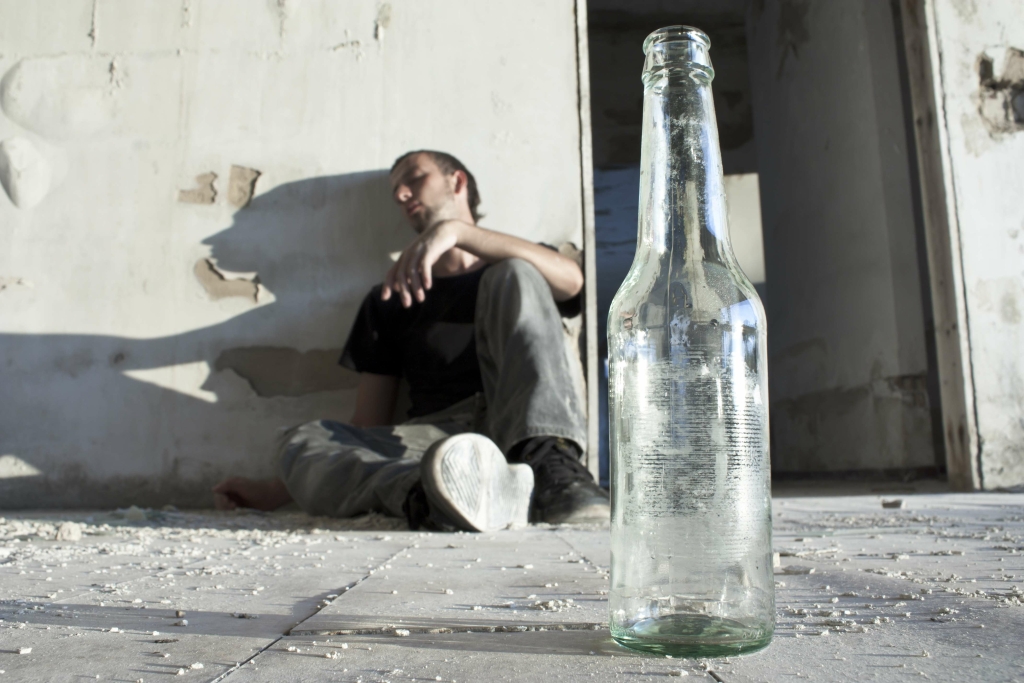According to this model, it is important to evaluate the criminal actions by considering the individual, environmental, situational, and behavioral elements. Wikstrom analyzes an individual’s reactions to a given situation, asserting that the commission of a crime is derived from the interaction between the mentioned elements. Thus, criminality could be derived from desensitization, resulting in a natural tendency to act on the learned behavior (Ibid). Similarly, Shaw and McKay (1942) developed the social disorganization theory to define the study of areas with a higher rate of crime and poverty as criminal areas.
- We will begin by reviewing the treatments that are more advanced in the phases of implementation and will follow-up with newer or less tested interventions.
- Much of the literature regarding the influences of peer relationships on adolescent substance use focuses primarily on alcohol and cigarette use 48, 52, 53.
- Moreover, most individuals with Substance Use Disorders begin using substances when they are young 6.
- See Exhibit 2.4 for more discussion of family roles and dynamics that can occur among adult children of parents with SUDs (as well as among young children and spouses of people with SUDs).
- On the contrary, the presence of parents increments the perceived support of the participants and, therefore, decreases risky conducts (Brown and Shillington, 2017).
Protective factors
The outcomes of this review suggest a complex interaction between a multitude of factors influencing adolescent drug abuse. Therefore, successful adolescent drug abuse prevention programs will require extensive work at all levels of domains. Parents and caregivers who express acceptance of prescription drug or illicit drug abuse may pass these views down to their children. (4) Future researches are needed, especially focusing on longitudinal monitoring of the effect of long-term exposure to the risk factors mentioned in our and in the previous research.
Multi-systemic therapy
SUDs in families may increase the likelihood of child abuse/neglect (Kepple, 2017; Smith, Wilson, & Committee on Substance Use and Prevention, 2016). Per the National Survey of Child and Adolescent Well-Being (Kepple, 2018), past-year SUDs increased occurrence of child physical abuse by 562 percent; emotional abuse by 329 percent; and neglect by 140 percent. Past-year light-to-moderate drinking, heavy drinking, or illicit drug use significantly increased chances of physical and emotional abuse and neglect. A review of quality of life issues affecting partners of people who misuse substances (Birkeland et al., 2018) found that substance misuse was linked to partner reports of low quality of life—even more so when substance misuse was severe. In many studies included in the review, the partner’s quality of life was worse than that of the general population— sometimes as low as that of the partner with the SUD.
Residential Treatment for Teen Substance Abuse
Early warning signs include sudden changes in behavior, declining school performance, withdrawal from family or friends, and loss of interest in activities. Physical signs may include red eyes, changes in appetite, poor hygiene, and unusual fatigue. These changes may indicate Initiation of substance use or an underlying mental health issue. Attention deficit hyperactivity disorder (ADHD) is defined by either sustained inattention, characterized in part by forgetfulness and distractedness, or ongoing hyperactivity-impulsivity 68. In this definition, hyperactivity includes fidgeting and continuously moving, and impulsivity is characterized by interruptions and inability to wait 68. The DSM-IV estimates that the prevalence of ADHD among school-aged children (from 5 to 17 years old) is approximately 3–5% 68.
Treatment Options for Substance Abuse
Their parents’ substance misuse may be just as problematic as the adolescents’ misuse, but families may consider the adolescents’ to be the problem. In a couple, one person’s misuse may be more pronounced than another’s, but the other person also may have an SUD. Use of substances may be a significant activity throughout some relationship histories. Substance misuse among adolescents continues to be a serious condition that affects cognitive and affective growth, school and work relationships, and all family members.
If you suspect that a teenager is experiencing either, consult a pediatrician or mental health professional as soon as possible. Even if the adults in their lives try to prevent it, some teens will develop substance use disorders. Support for teens with drug addiction https://cbckuwait.com/alcohol-in-essential-tremor-and-other-movement-2/ includes treating withdrawal or underlying mental health conditions, and addressing emotional needs, usually with a qualified mental health professional such as a psychiatrist or psychologist. Social stigma derived from justice-involved or drug abuser parent and a neighborhood with a high rate of crime and poverty could lead to delinquent behaviors to become a channel of transmission of criminal values, especially in childhood and early adolescence. Moreover, the criminal history of a neighborhood or of a family increases the social stigma and affects the probability of obtaining a higher education and employment, developing into the only possible career, criminality.
- The treatment for either partner will affect both, so SUD treatment programs should make both partners feel welcome.
- A multivariate analysis of variance(MANOVA)was conducted to investigate the association of family structure (dual-parent, mother-only, father-only), respondent’s sex, and grade in school (8th, 10th, 12th).
- Divisions between stepparents, especially related to parenting tasks like discipline.
Popular Substances Among Teens
Children may worry that bonding closely with a stepparent is “betraying” their biological parent. This worry may be stronger in adolescents and girls versus young children (under age 9) and boys. Stepparents and Sober living home stepchildren feeling like “outsiders,” especially in relationship to the nonbiological parent/child.
When parents are angry or when teens are frustrated, it’s best to delay the talk. If you aren’t prepared to answer questions, parents might let teens know that teen drug abuse you’ll talk about the topic at a later time. Substances that teens may use include those that are legal for adults, such as alcohol or tobacco. Because alcohol and nicotine or tobacco are legal for adults, these can seem safer to try even though they aren’t safe for teens.




